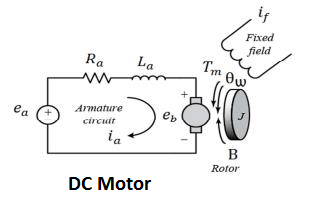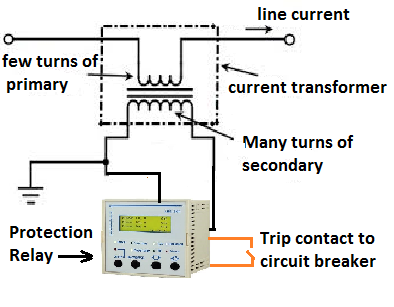Construction and Working of Line Tester
For maintenance, troubleshooting, and checking of electrical equipment phase tester is used to detect whether the particular point has live potential or not. Thus the line tester is used to detect the voltage. The line tester does not measure the voltage, it only shows whether voltage exists at a particular point or not. The line tester never detects the current in the circuit.
Parts of Line Tester

1). Metallic Rod and Mouth
The metallic rod is of cylindrical type and its flat part is covered with insulation. The farthest part of the rod is conductive and it makes the connection with the live part. The other end of the metallic rod is connected with the current limiting resistor, neon bulb, element, and metallic cap screw respectively. It is a cylindrical metal rod.
2). Body and Insulation
All the components Resistance, Neon bulb, Element or metallic spring, and Metallic Cap screw are housed in the enclosure which is covered in a transparent insulated body.
3). Resistor
The resistor is used to limit the current flowing in the circuit. The resistance is connected between the cylindrical rod and the neon element. The current flowing through the live conductor to the earth when the end of the tester body is touched depends on the value of the resistance. The resistance value is selected in such a way that the current flowing through the human body to earth is in order of safe limit.
4). Neon Bulb
The neon bulb is connected between resistance and metallic spring. When a small current flows through the resistor it starts glowing which indicates that the measuring point has live potential. It is used as a phase indicator bulb.
5). Element (Metallic Spring)
The neon bulb and metallic cap screw are connected through the metallic spring.
6). Metallic Cap Screw and Clip
The metallic cap screw is connected with the spring and the spring element is connected with the neon bulb. The metallic cap screw is used to tighten all the components inside the tester. The clip attached to it is useful for clipping the tester inside the pocket.
Working Principle of Line Tester
When we touch the flat end of the metallic rod of phase or line tester with naked Live/hot wire then the circuit gets completed and current starts flowing in metallic rod, and the neon bulb inside mains tester glows. The glowing of the neon bulb shows that there is a supply in the wire. If a neon bulb does not flow indicates that there is no supply in the phase wire.
To limit the current flowing through the neon bulb current limiting resistor is connected in the series of the neon bulb. The metallic spring is connected with a metallic cap screw which is in contact with our fingers. Thus, a very small current flows through our body to the earth and completes the circuit.
Precaution while working
One must concentrate on the measuring point where the line tester tip is put for detecting the voltage. The slippage of the tester tip may lead to phase to earth short circuit and can cause accidents.
Reference:
Electrical line Tester- Its Construction & Working










